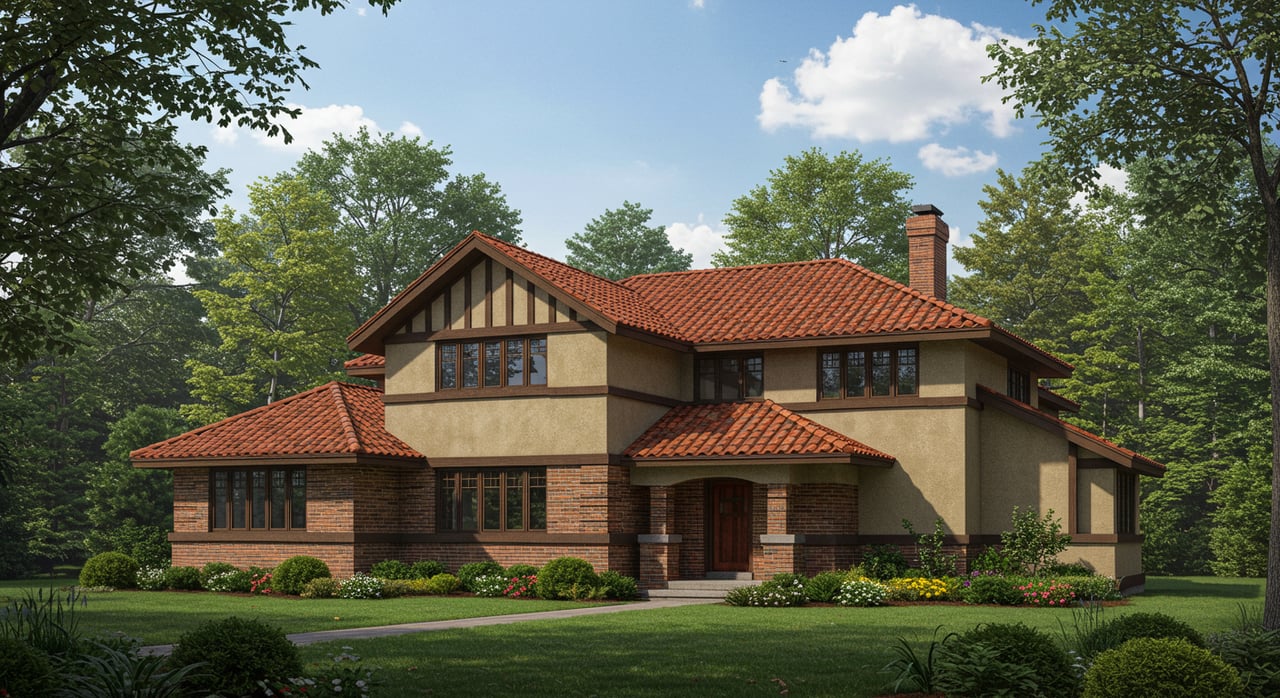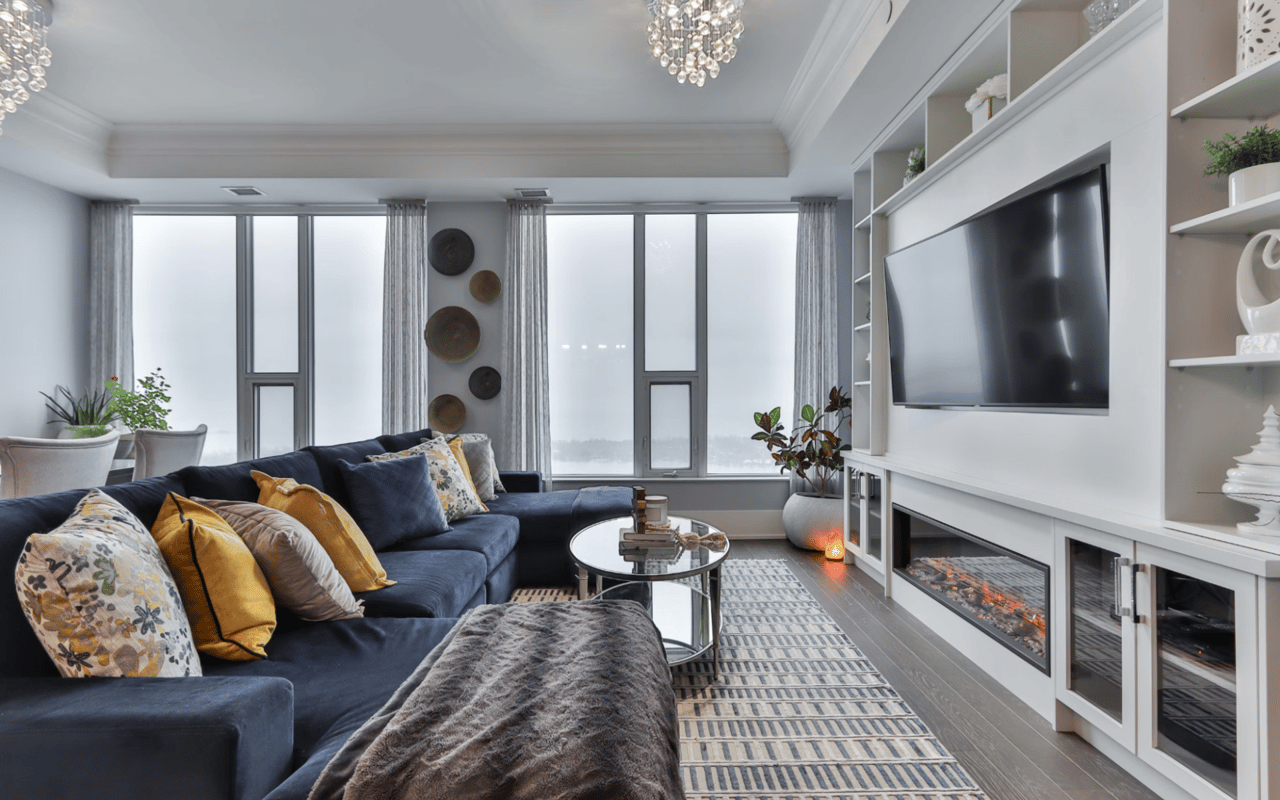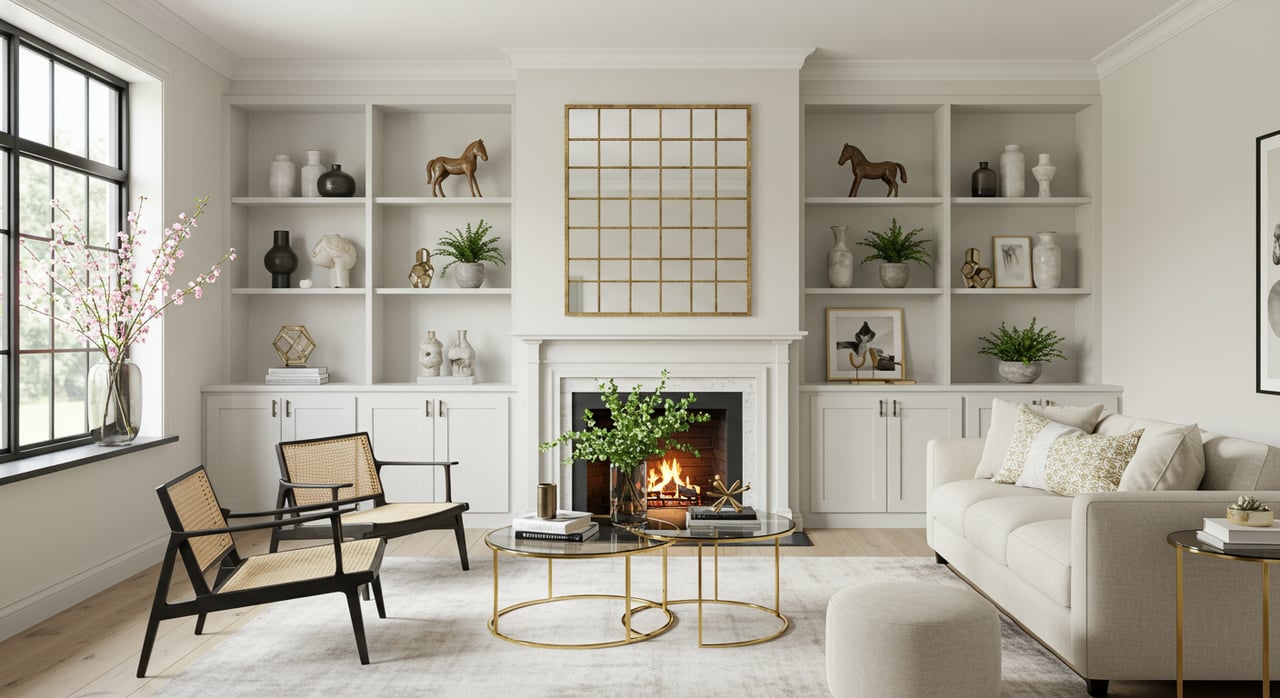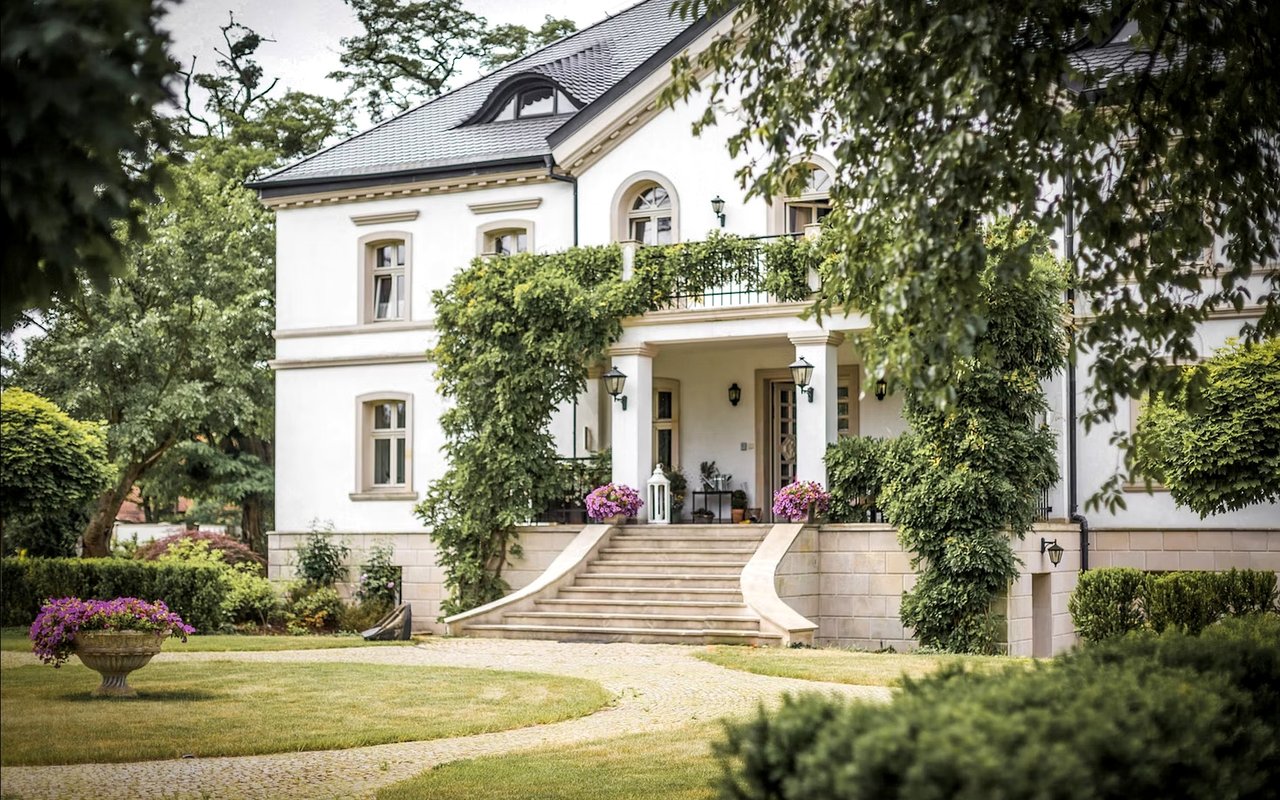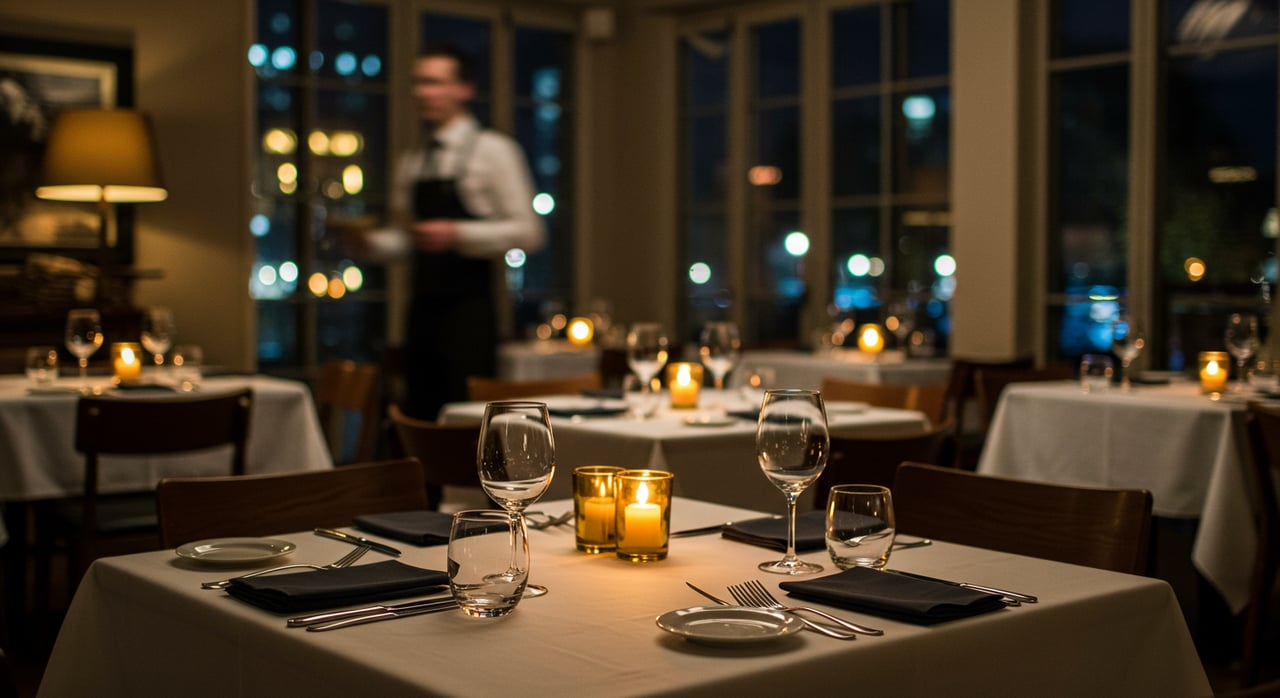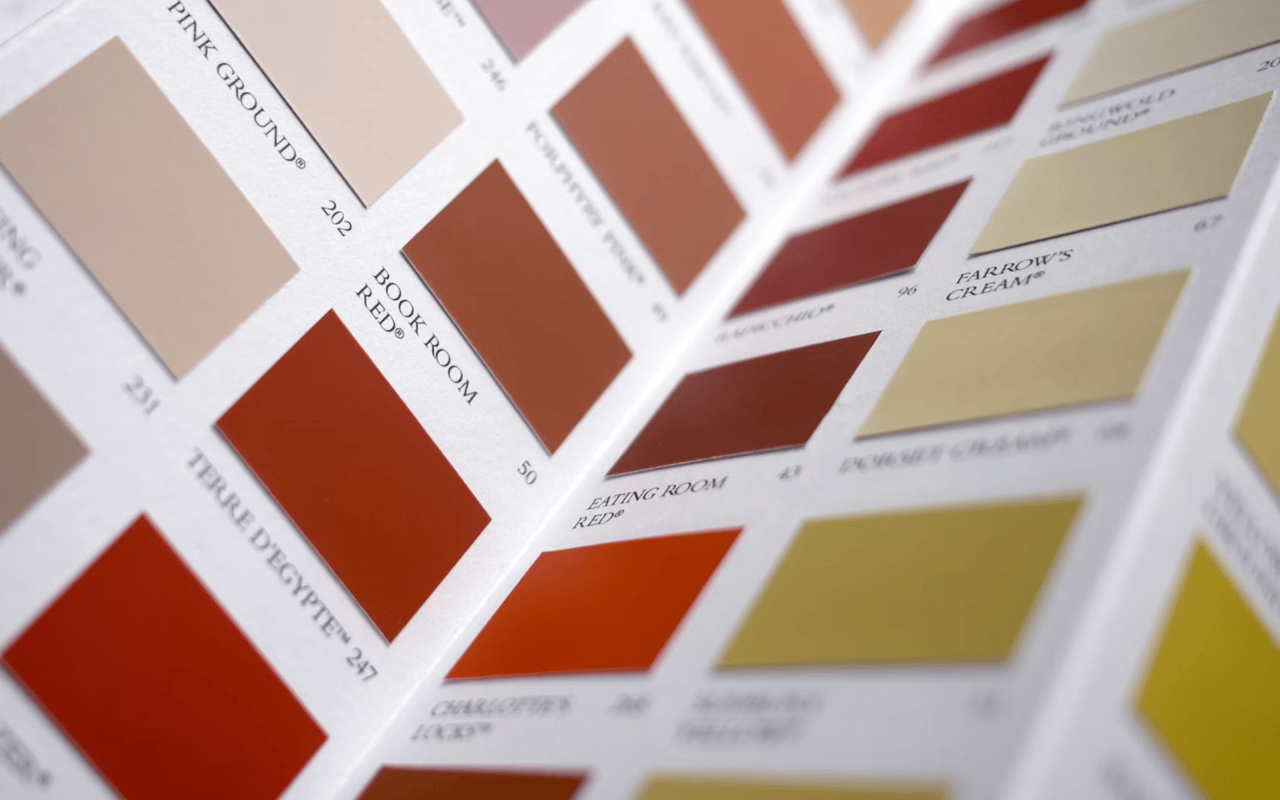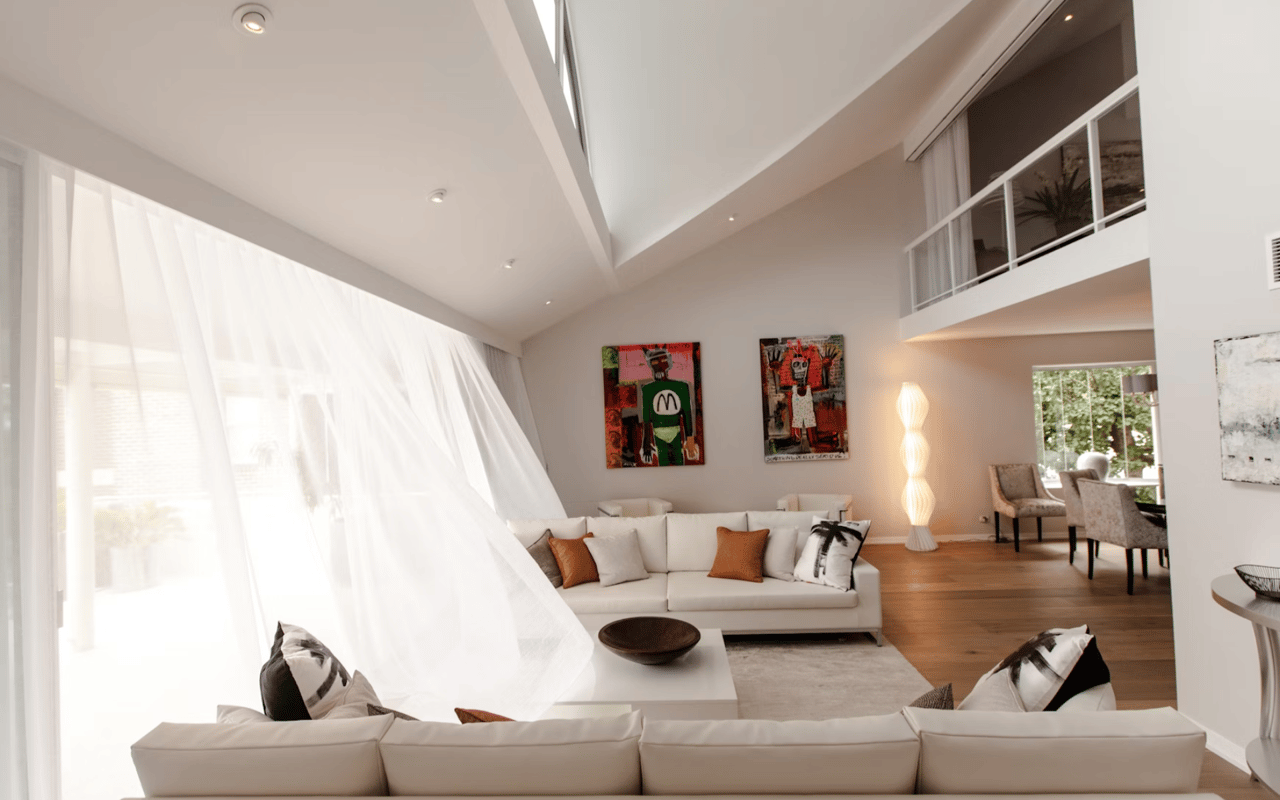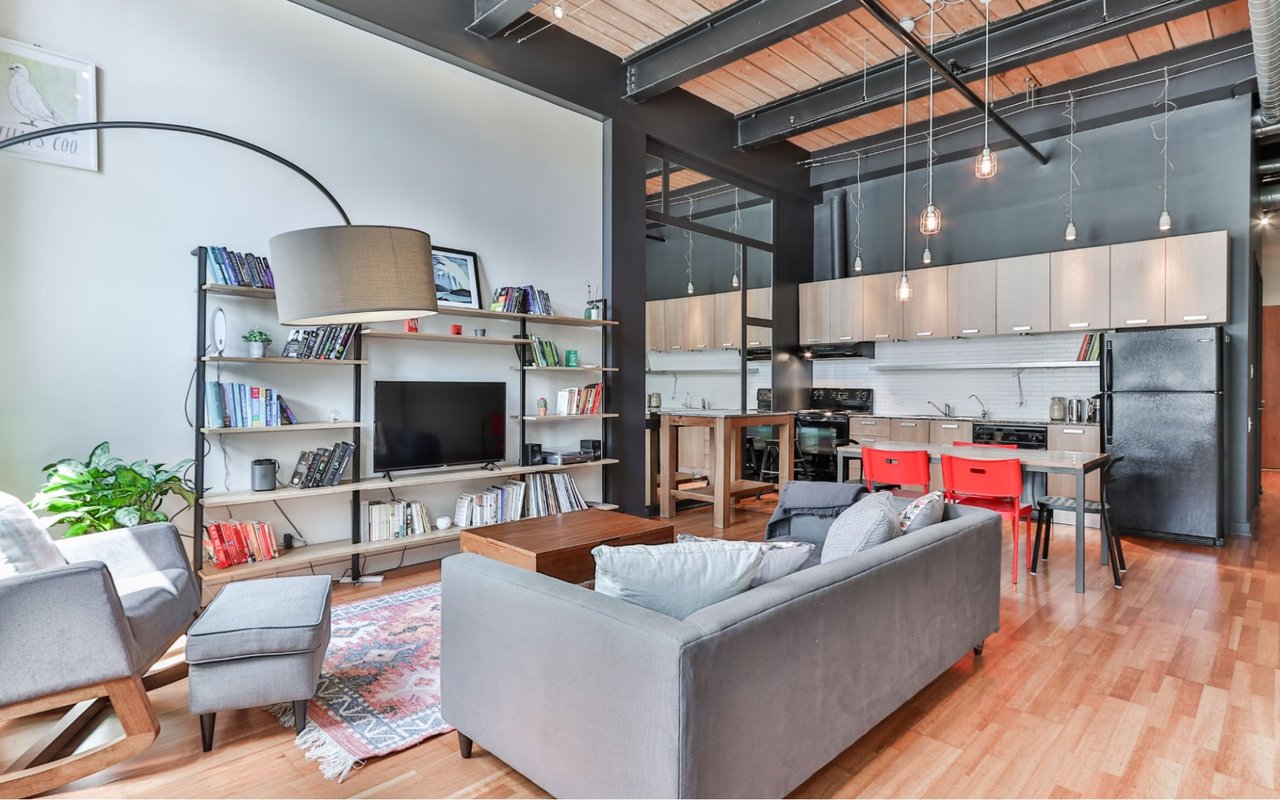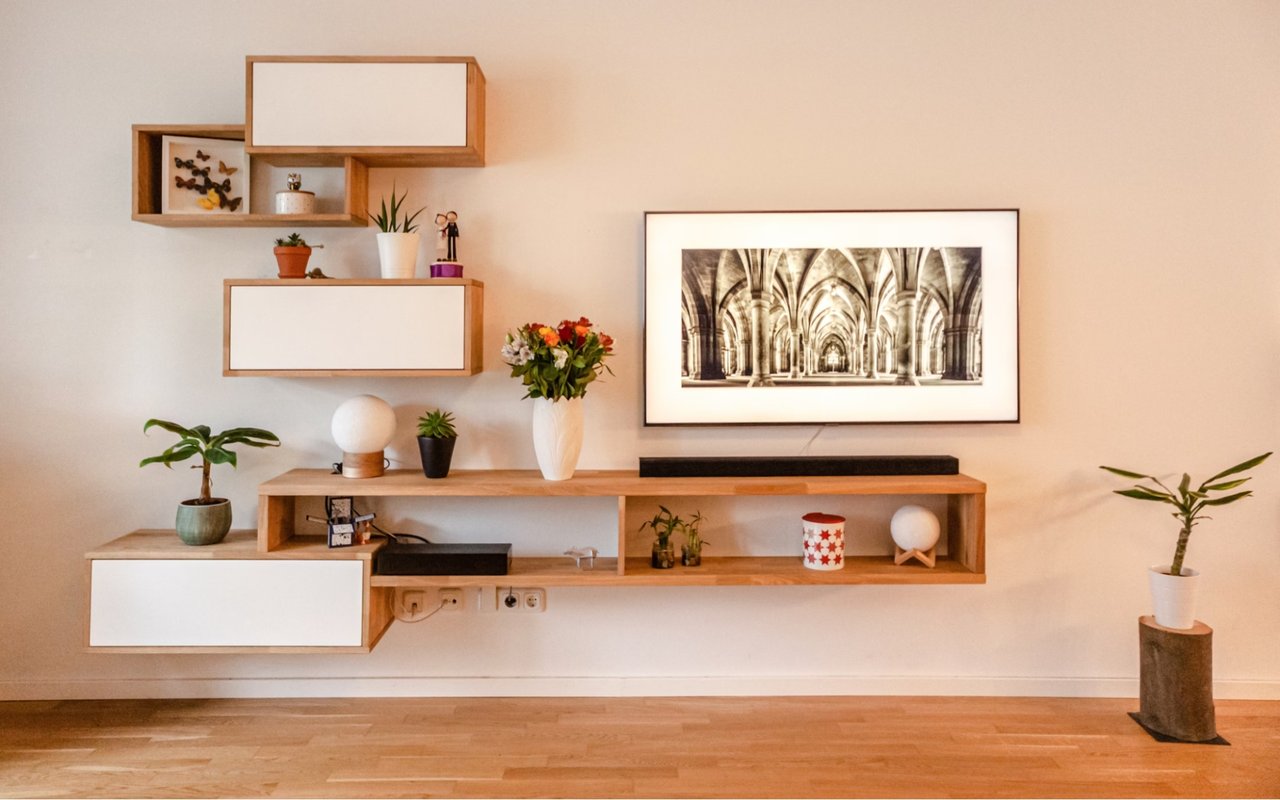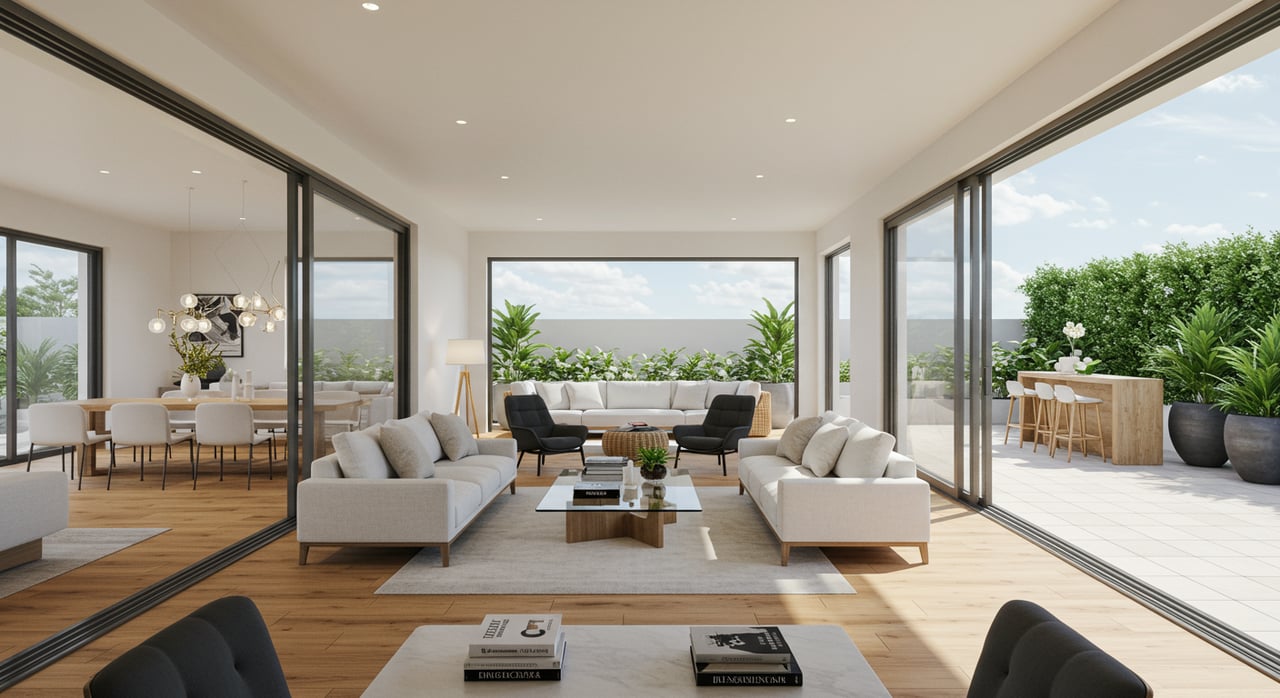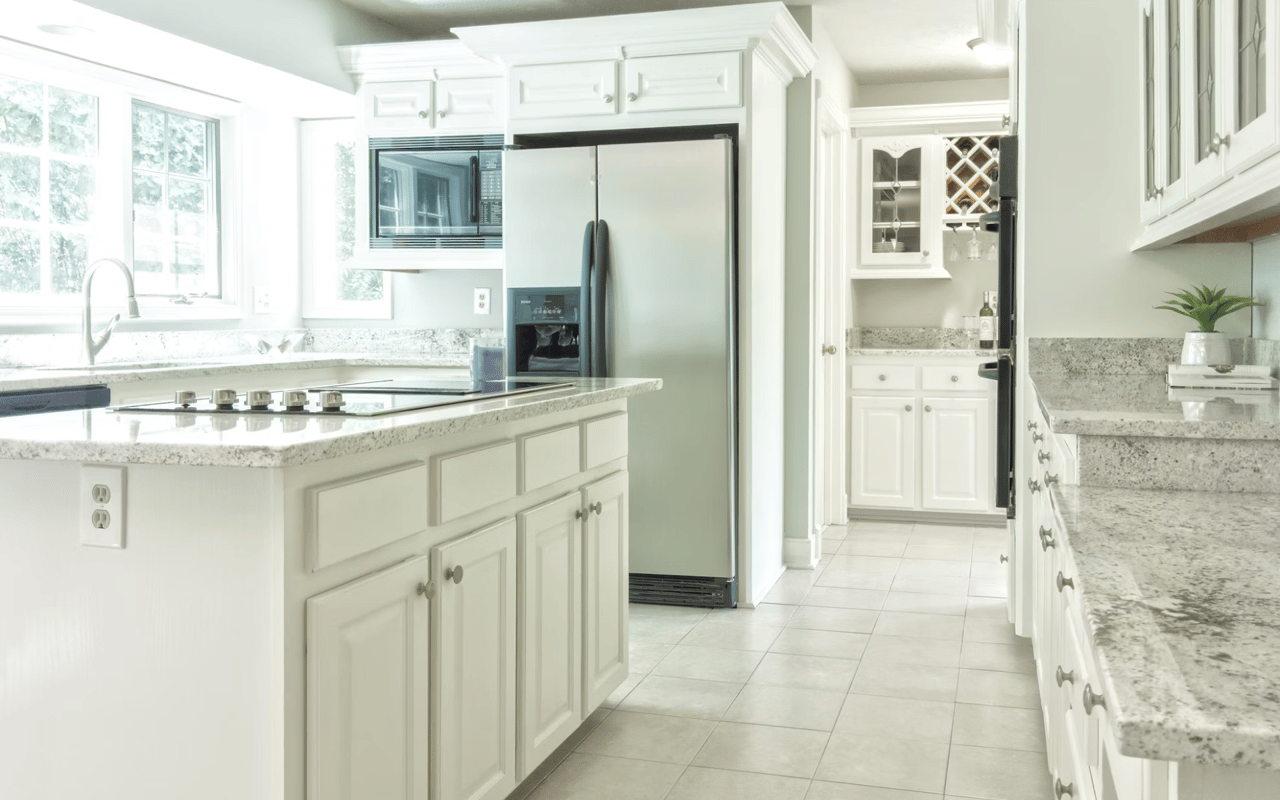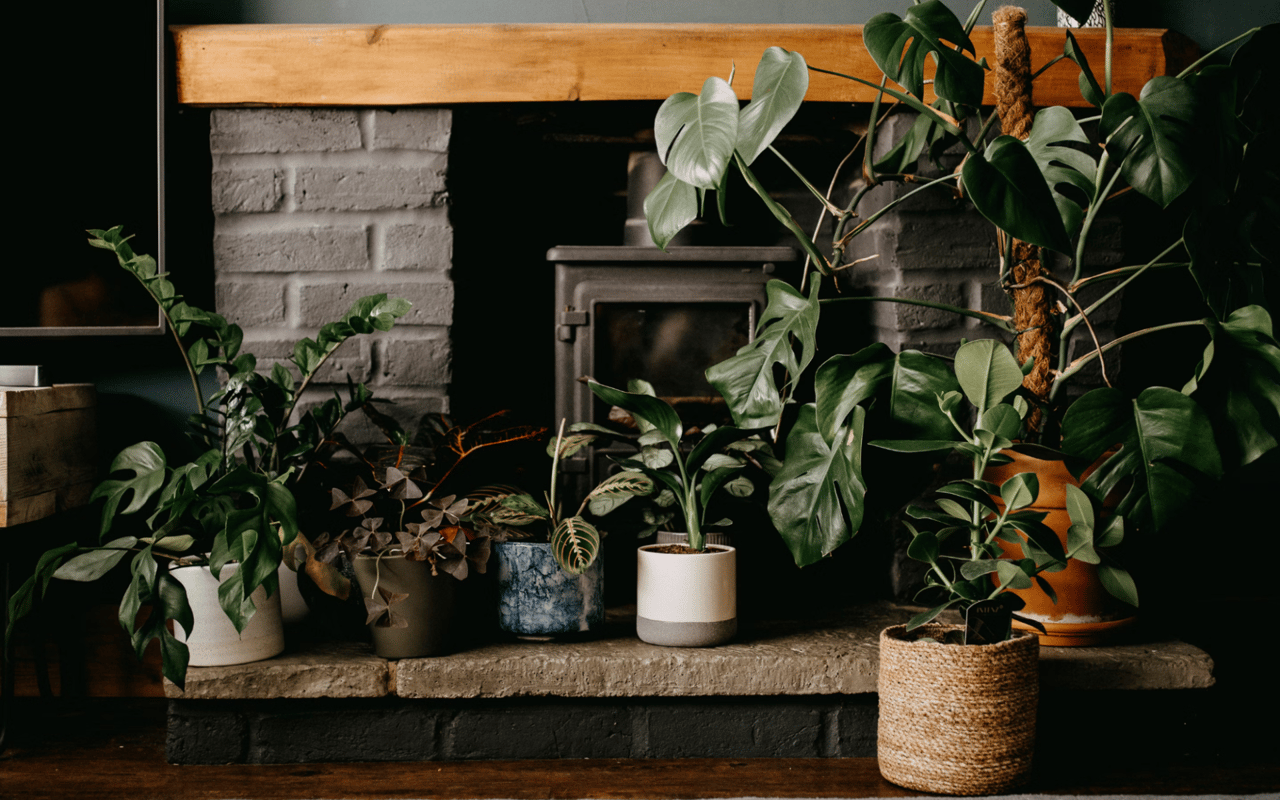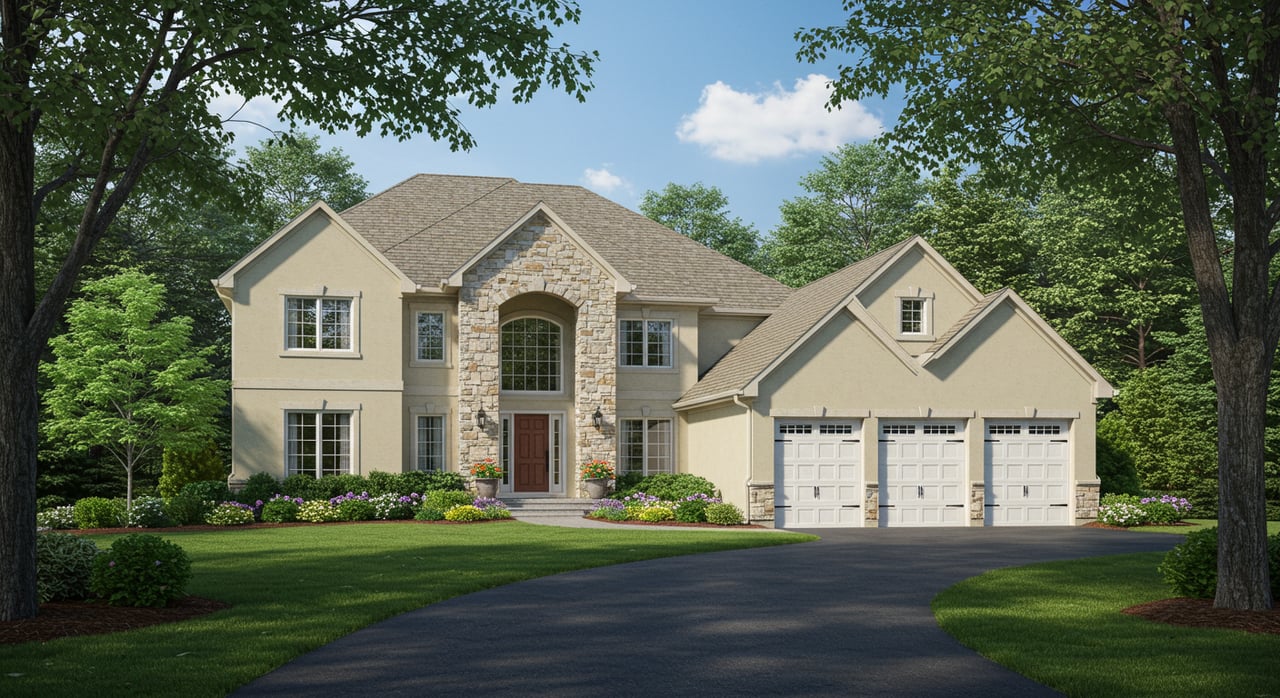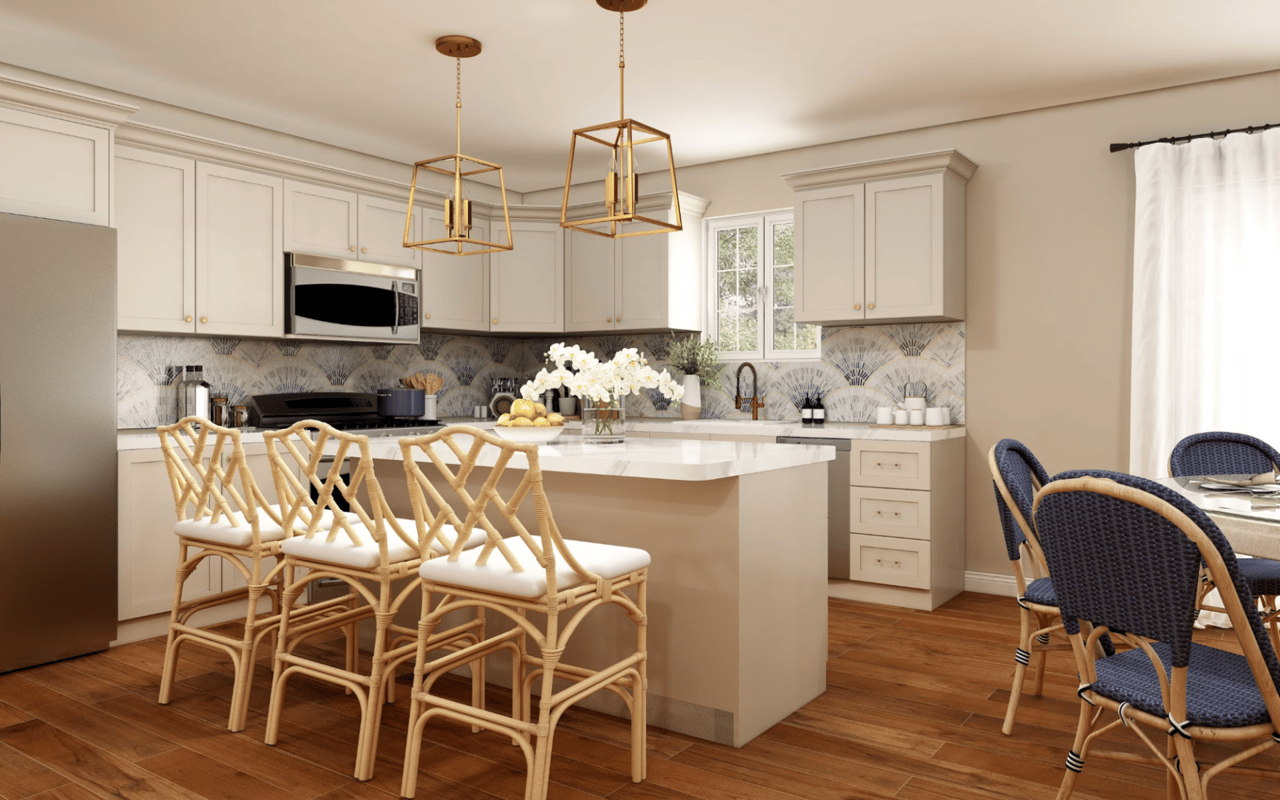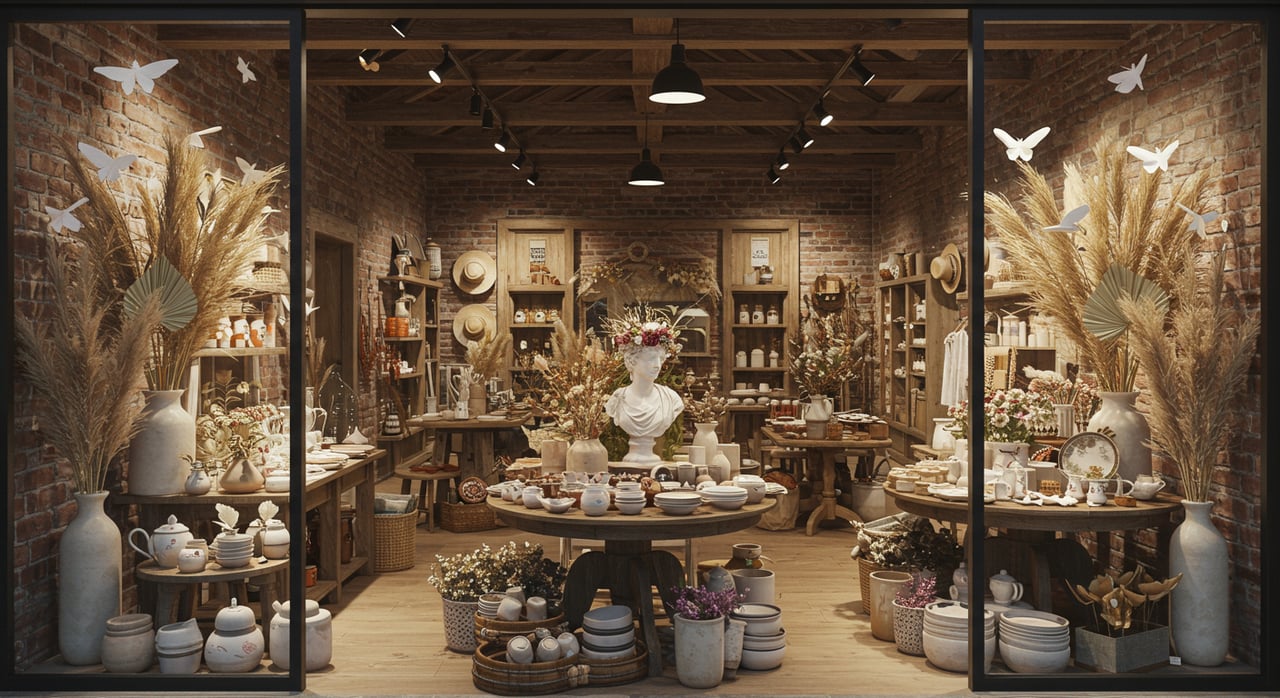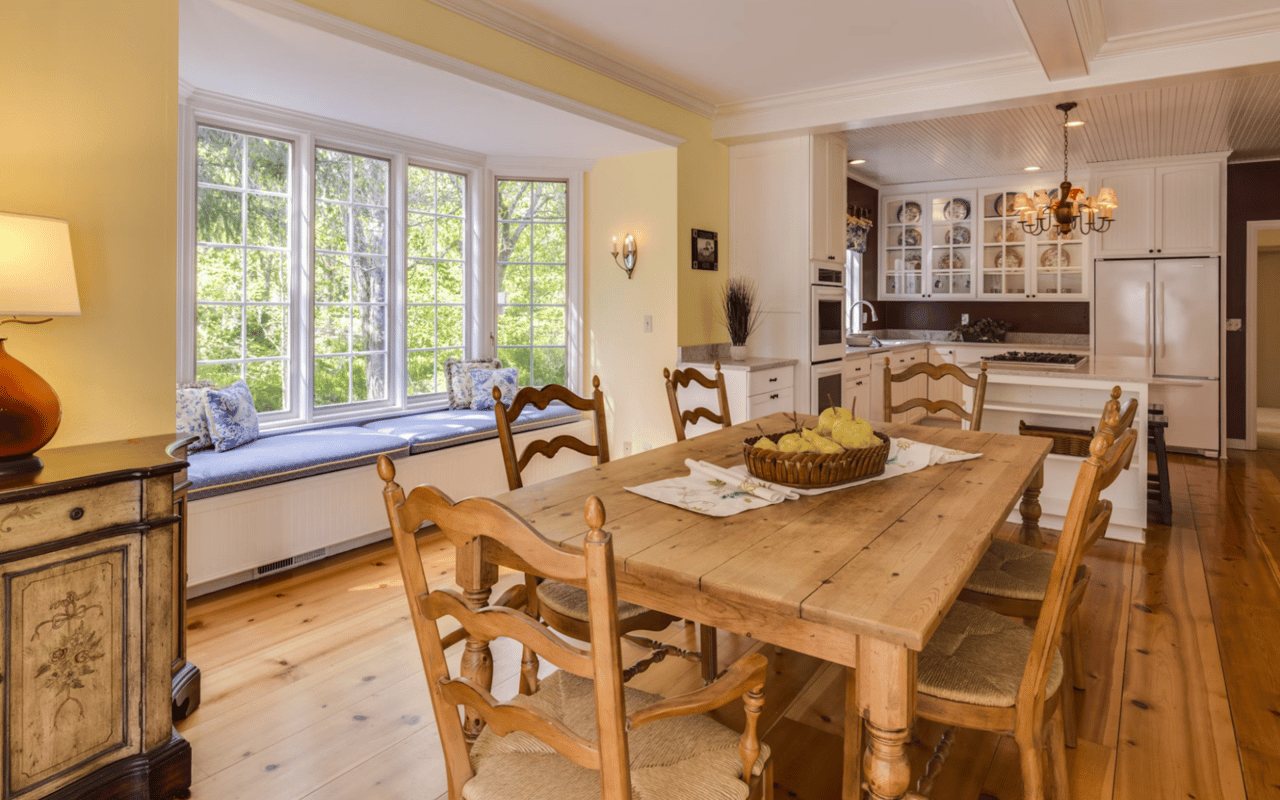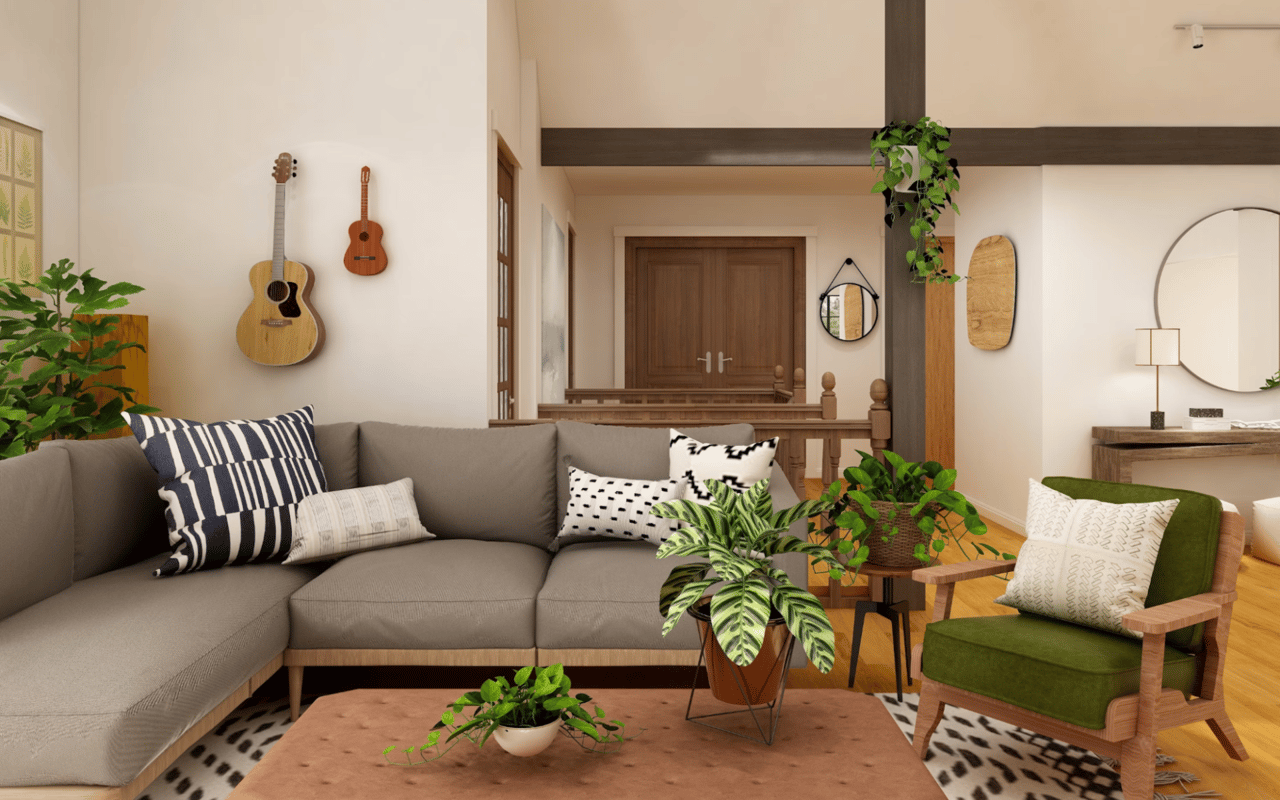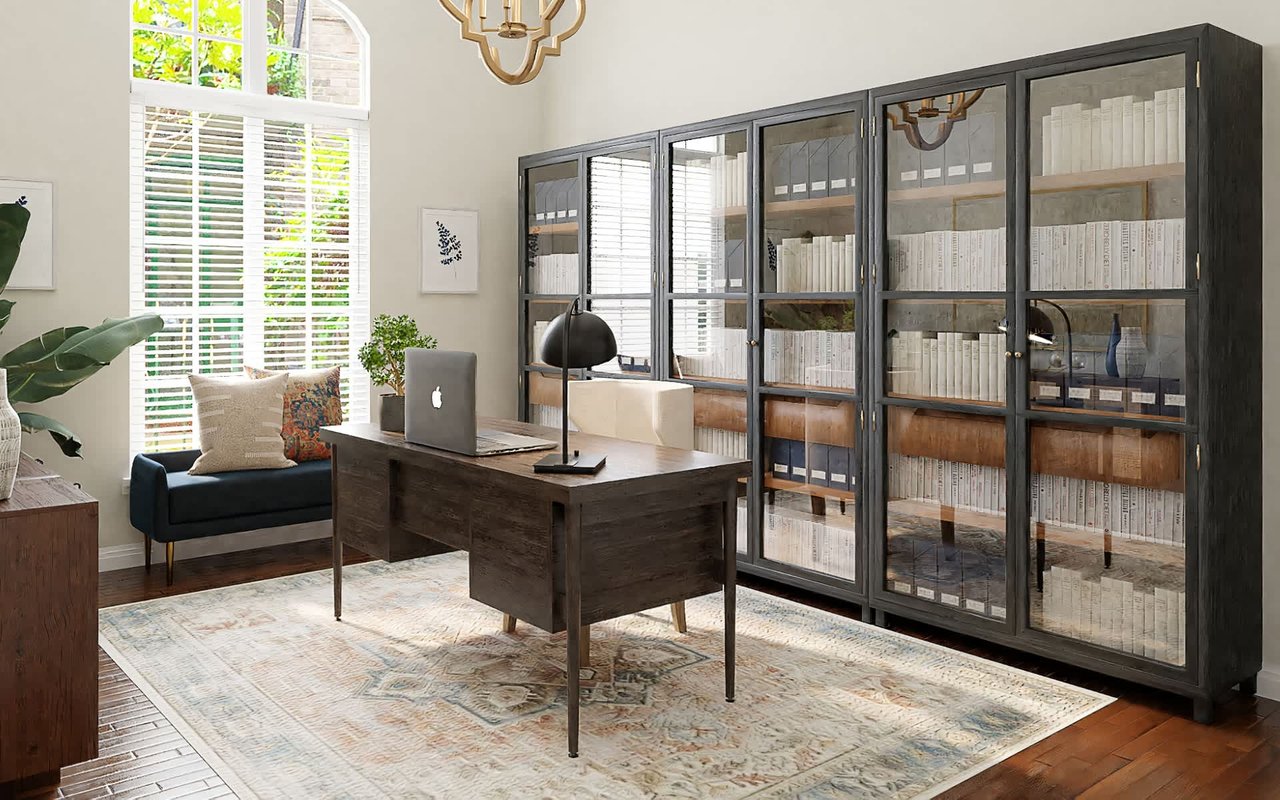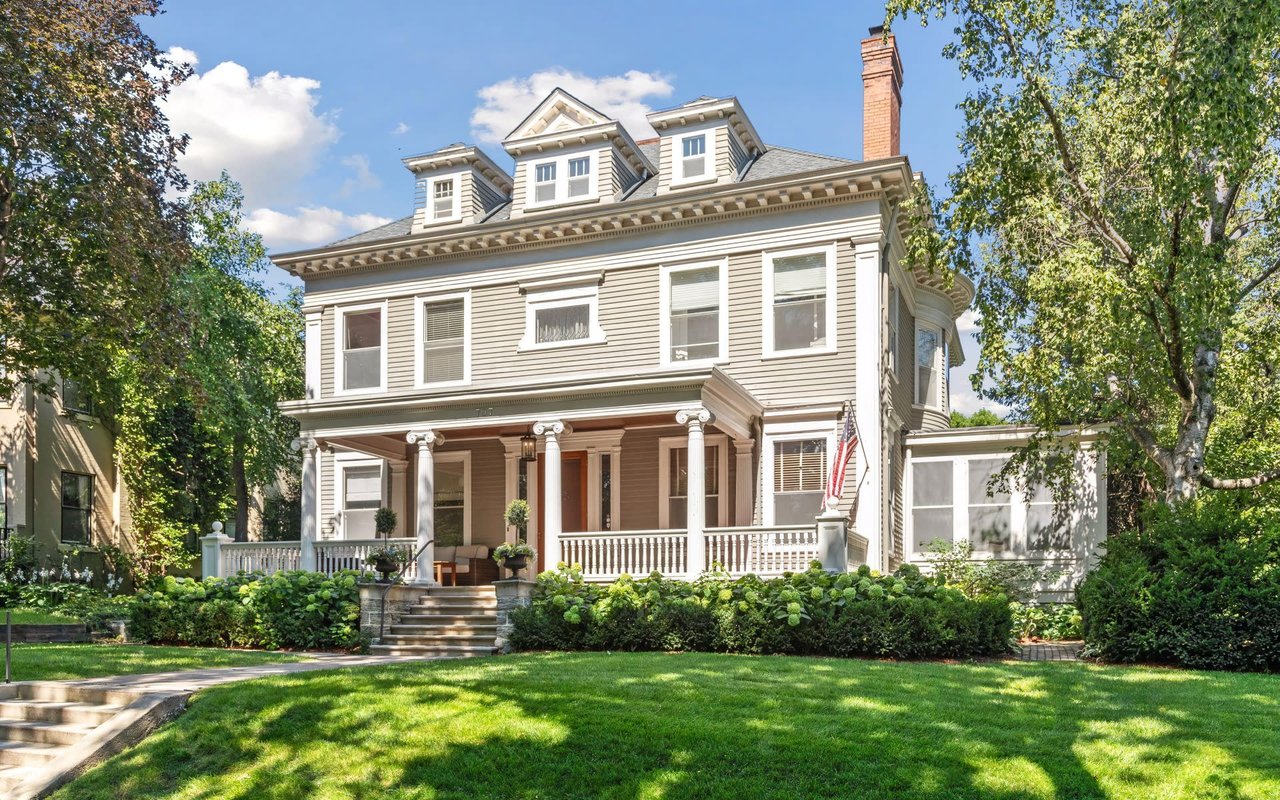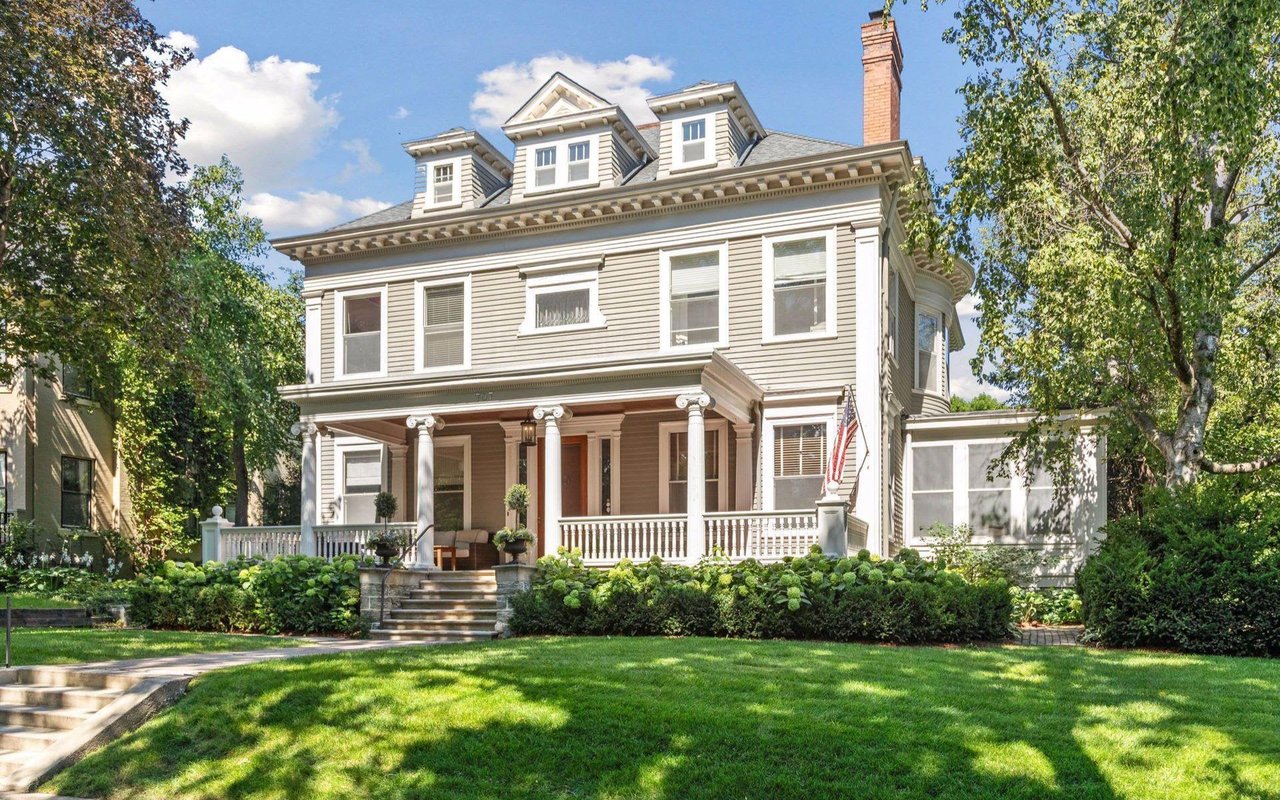Choosing the right paint tones for every room is an important decision when it comes to creating a harmonious and inviting atmosphere in a home. Whether you are renovating your current space or building from scratch, the science behind color selection is more than just a matter of aesthetic preference. Understanding how colors affect mood, energy, and perception can guide homeowners in making informed decisions that enhance the visual appeal and functionality of their living spaces. From subtle neutrals to bold hues, this guide will explore the key factors that influence color choices for each room, while also highlighting the significance of incorporating Twin Cities' design trends.
The Impact of Color Psychology
Color psychology plays a significant role in how people perceive and respond to their surroundings. Different colors evoke various emotional responses, influencing moods and energy levels. For example, warm colors like red, orange, and yellow are known to stimulate energy and creativity, making them ideal choices for social areas like living rooms or kitchens. On the other hand, cool colors such as blue, green, and purple have a calming effect, making them perfect for bedrooms or bathrooms where relaxation is key.
Incorporating color psychology into design decisions can help achieve the desired atmosphere in each room. For instance, a soft blue or green can create a tranquil retreat in a bedroom, while a warm, rich hue like burnt orange or terracotta may be more fitting for a vibrant dining room. Understanding the psychology behind color can empower homeowners to use tones that align with the intended purpose of each space.
Lighting and Its Effect on Paint Tones
Lighting is a critical factor when choosing paint tones for a room. The type and amount of natural and artificial light in a space can significantly alter how a color appears on the walls. For example, rooms that receive abundant natural light tend to amplify brighter, cooler tones like whites, grays, and blues. Meanwhile, rooms with less natural light may benefit from warmer tones, such as beige, taupe, or soft yellows, to create a cozy atmosphere.
Artificial lighting also plays a role in how paint tones are perceived. Different light bulbs emit varying levels of warmth, from the yellowish hue of incandescent bulbs to the cool, bluish light of LED bulbs. When selecting a paint color, it’s essential to test how it looks under the type of lighting used in the room to avoid any surprises after the job is done. Additionally, light tones can make a room feel larger and more open, while dark colors can add intimacy and coziness to smaller spaces.
Choosing Colors for Different Rooms
Each room in a house serves a different function, and as such, the color choices should align with the room’s purpose. For example, in a kitchen, vibrant and energizing colors like yellow, red, or orange can help stimulate appetite and conversation. These colors are perfect for family gatherings and hosting meals, creating a welcoming, dynamic environment.
Living rooms, being high-traffic areas, benefit from a neutral base, with pops of color to add visual interest. Shades of gray, beige, or off-white provide versatility and act as a backdrop for furniture and décor. Accent colors like navy blue, teal, or mustard yellow can add depth and personality without overwhelming the space.
For bedrooms, which are meant to provide comfort and relaxation, cooler tones are ideal. Soft blues, lavender, and sage green are common choices for creating a serene environment. These tones help reduce stress and encourage restful sleep. Meanwhile, bathrooms often benefit from clean and refreshing tones like pale blue, soft green, or classic white, evoking a sense of freshness and cleanliness.
Color Pairing and Accents
When selecting paint tones, it’s important to consider how colors will pair with each other throughout the home. Color harmony is essential in creating a cohesive look. One effective approach is using the 60-30-10 rule, which involves selecting one dominant color for 60% of the space, a secondary color for 30%, and an accent color for the remaining 10%. This rule helps maintain balance while allowing room for contrast and visual interest.
Accent walls are another popular technique for adding drama and character to a room. A bold, contrasting color on one wall can create a focal point and make a statement without overwhelming the entire space. Be mindful of the colors you use as accents, as they can influence the overall ambiance of the room. Gold, deep navy, and emerald green are sophisticated options for accents in more formal areas like living rooms or dining rooms, while lighter hues like blush pink or mint green can add a touch of playfulness to bedrooms or bathrooms.
Regional Design Trends in Twin Cities
When choosing paint tones, it’s also important to consider regional design trends. In the Twin Cities, homeowners often embrace a blend of contemporary and traditional styles. Neutral tones like soft grays, taupes, and whites are common choices for modern homes, offering a versatile backdrop for bold furnishings and artwork. However, there's also a growing trend toward incorporating earthy tones inspired by nature, such as olive green, terracotta, and muted golds, which align with the area's connection to outdoor landscapes.
Incorporating local color palettes that reflect the natural beauty of the Twin Cities can add a unique touch to your home. For instance, hues inspired by the changing seasons—like warm browns and oranges in the fall or icy blues and whites in winter—can evoke a sense of place and make your space feel connected to the environment.
The Role of Finish and Texture in Color Selection
The finish of the paint can also impact the perception of color. Glossy finishes reflect light, making colors appear brighter and more vibrant. On the other hand, matte finishes absorb light and provide a softer, more subdued effect. Choosing the right finish for each room can enhance the desired atmosphere.
For high-traffic areas like kitchens or bathrooms, semi-gloss or satin finishes are ideal, as they are durable and easy to clean. In living rooms or bedrooms, where a softer ambiance is preferred, matte or eggshell finishes can create a more relaxed and inviting environment.
Testing Colors Before Committing
Before committing to a color, it’s essential to test it in the space. Painting a small section of the wall with the chosen color allows you to see how it looks in different lighting conditions and with the existing décor. It’s also helpful to experiment with sample swatches and try different shades to ensure the final choice complements the furniture, flooring, and overall style of the room.
Bringing It All Together: Key Considerations for Choosing Paint Tones
Ultimately, choosing the right paint tones involves a combination of personal preference, functional needs, and an understanding of how colors affect mood and perception. By taking into account the purpose of each room, the amount of natural light, and the desired atmosphere, homeowners can make informed decisions that create beautiful and harmonious living spaces.
Final Thoughts on Color Selection
Color selection is a powerful tool in interior design, transforming a space from ordinary to extraordinary. Whether you prefer calming blues for your bedroom, energizing yellows for your kitchen, or neutral tones for your living room, understanding the science behind color can help you achieve the perfect ambiance. With thoughtful consideration of color psychology, lighting, and regional design trends in the Twin Cities, you can create a home that reflects your personal style while enhancing the overall functionality of each room.
Transform Your Home with Expert Guidance
Ready to refresh your home with the perfect paint tones?
Sally English can help you navigate the process of transforming your living space into something truly special. Whether you're buying or selling a home, her expertise in real estate ensures that you'll find the perfect home or make the best improvements to your current one. Explore your options today and create the home you've always dreamed of! You may also check
St Paul homes for sale today!


